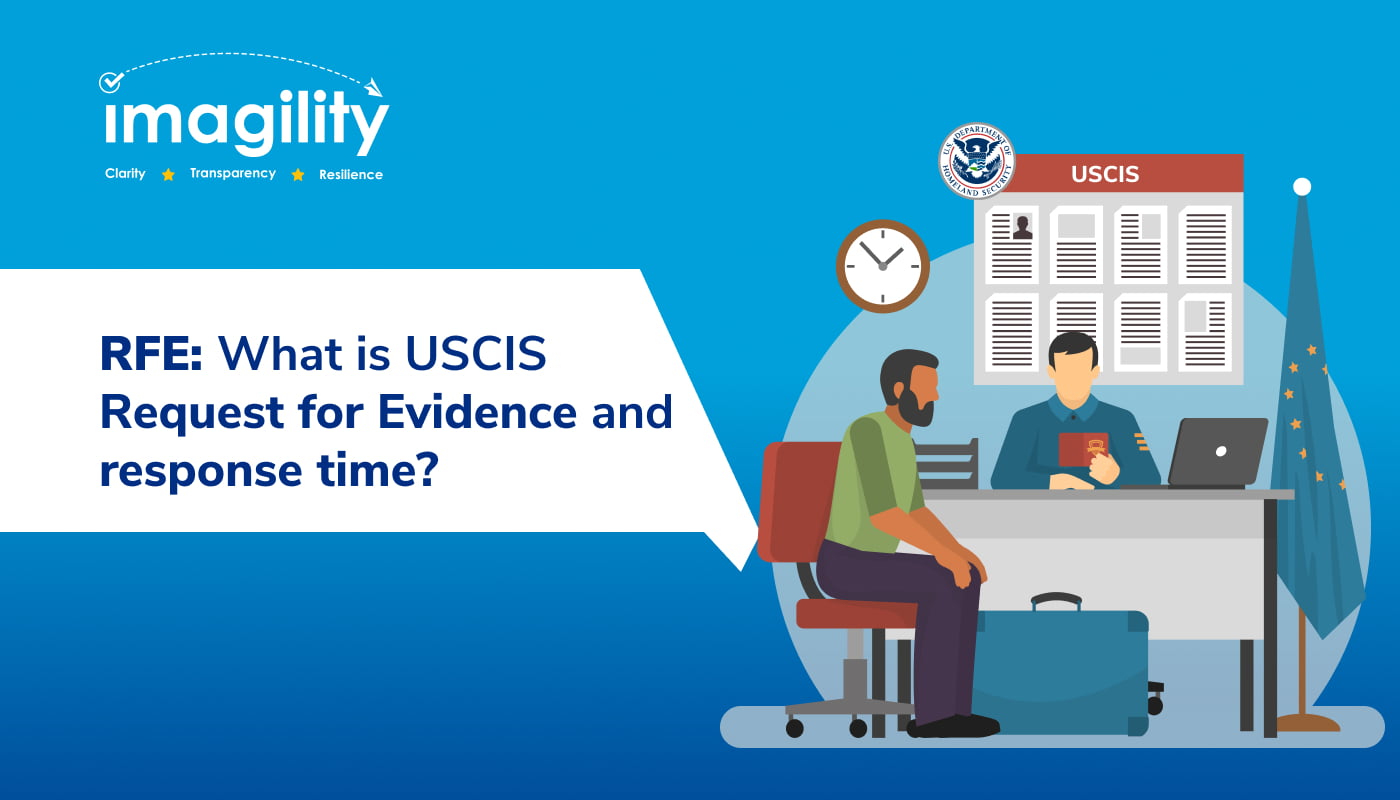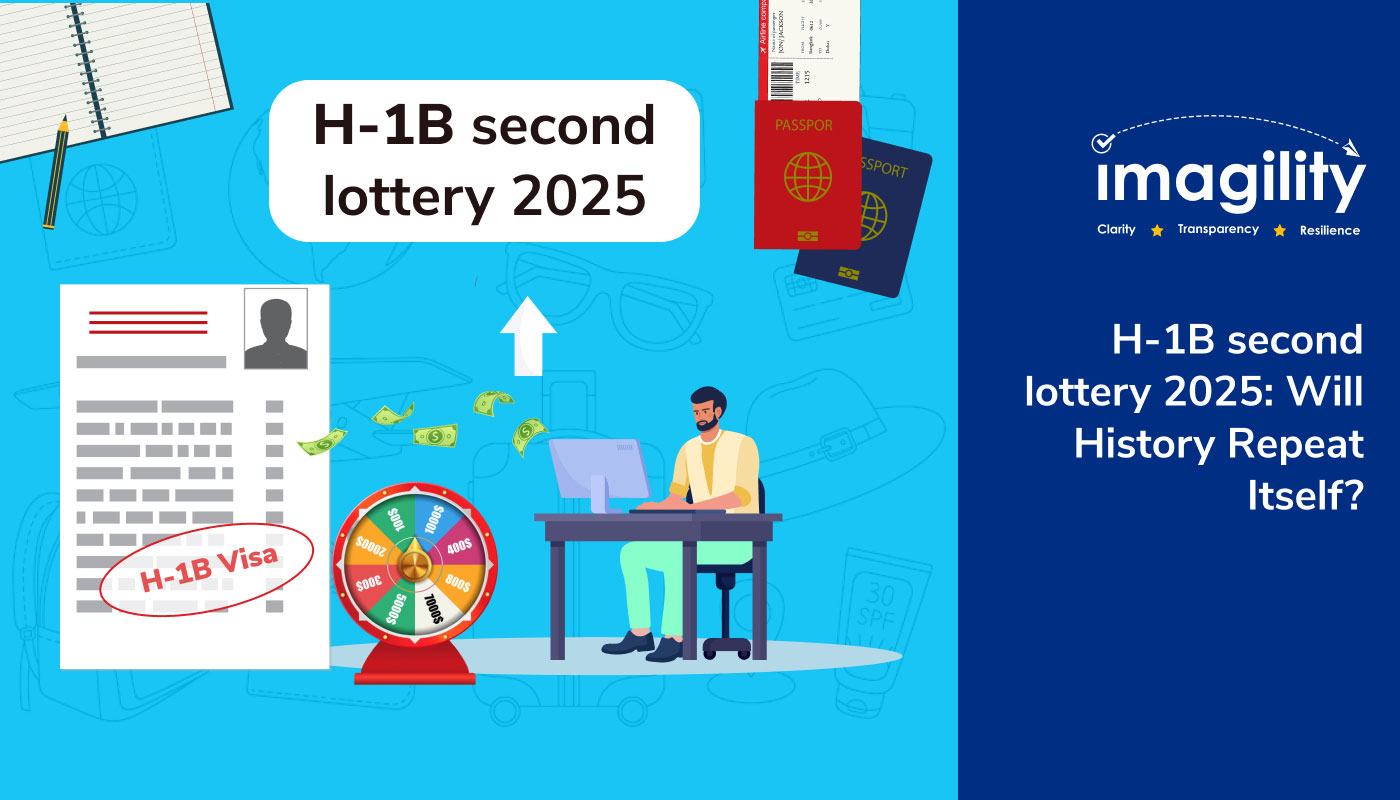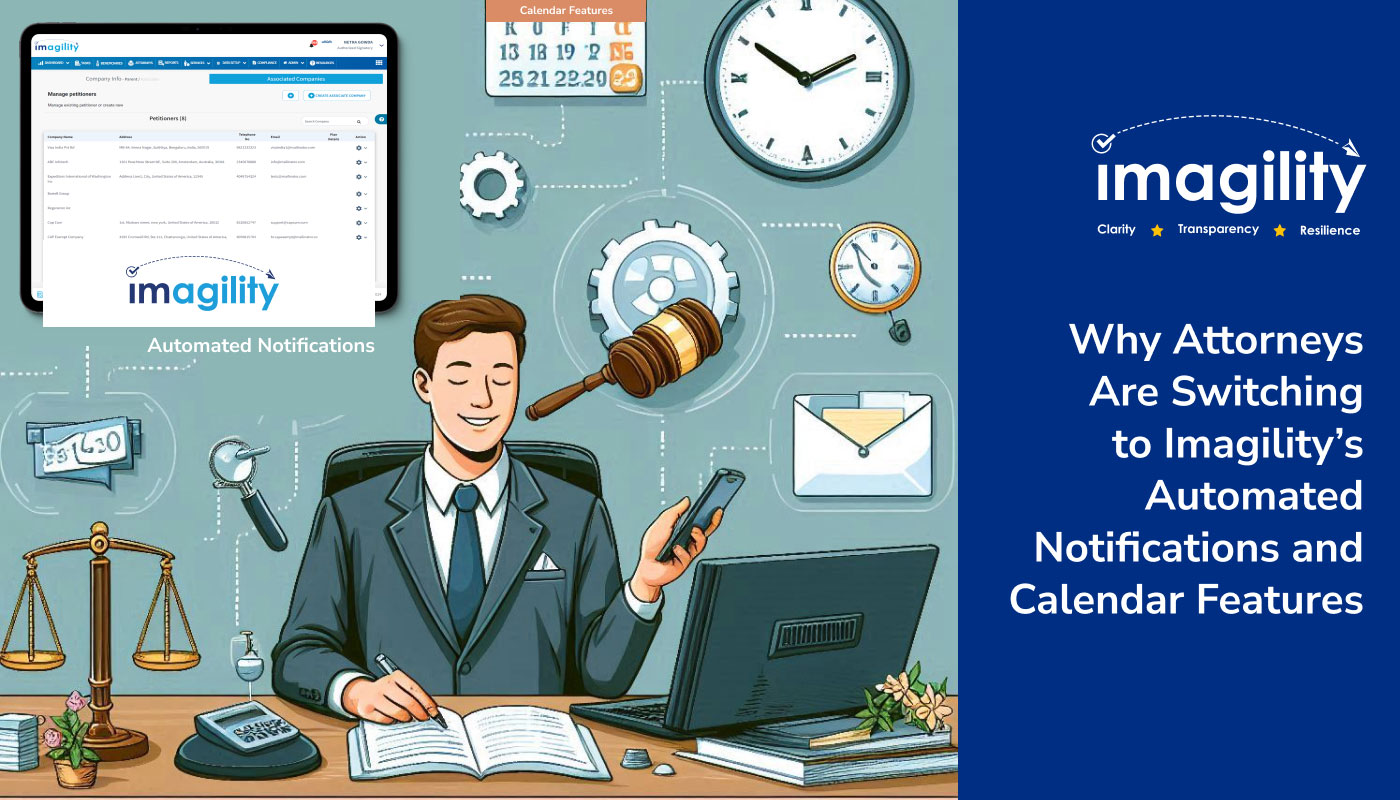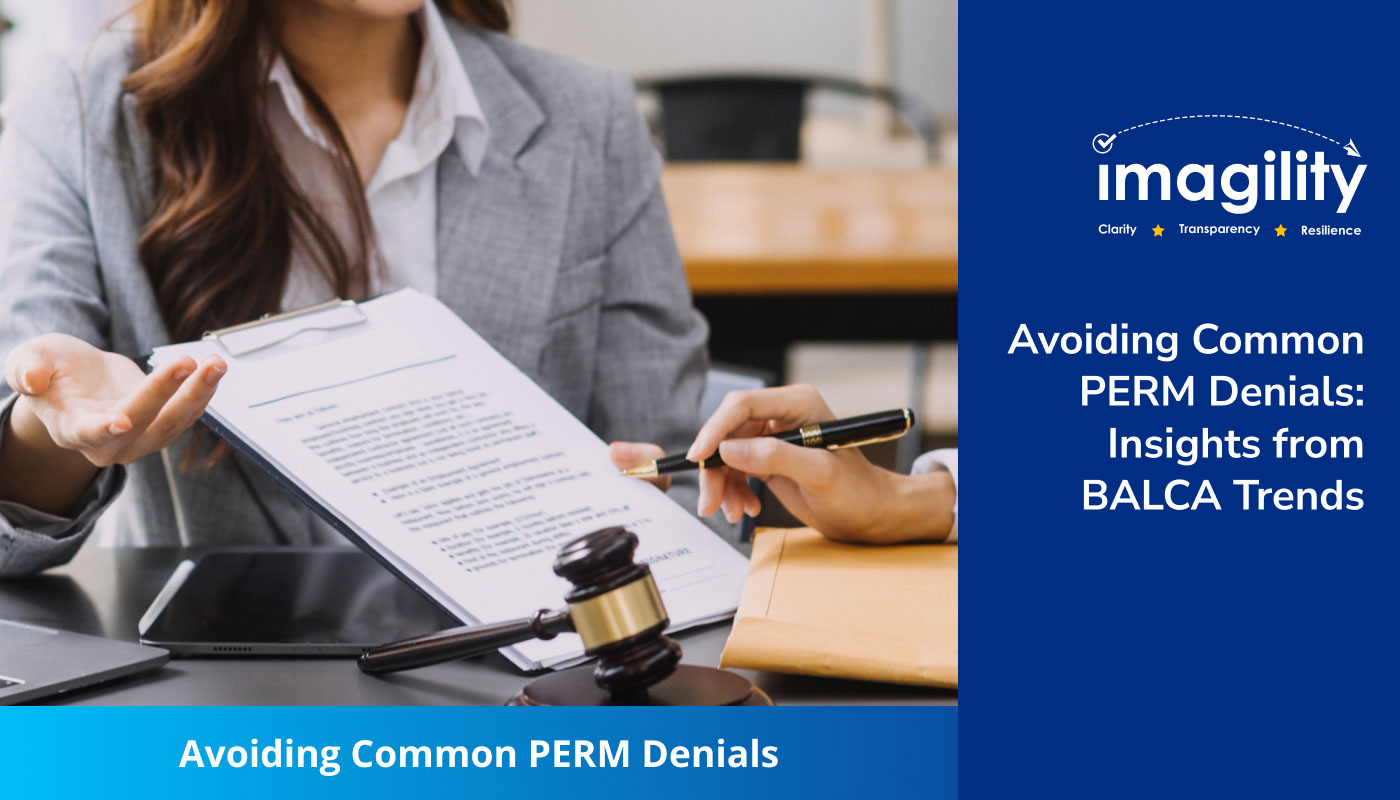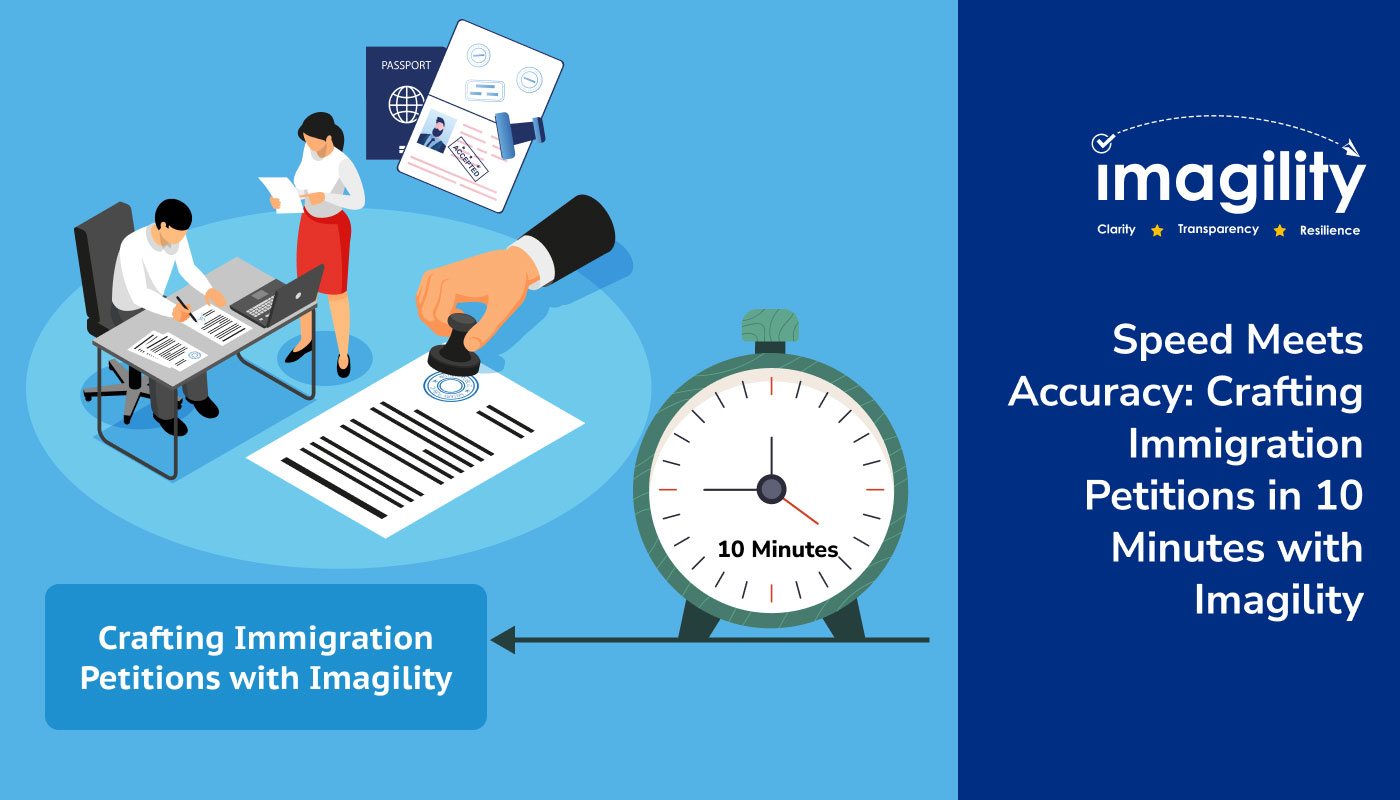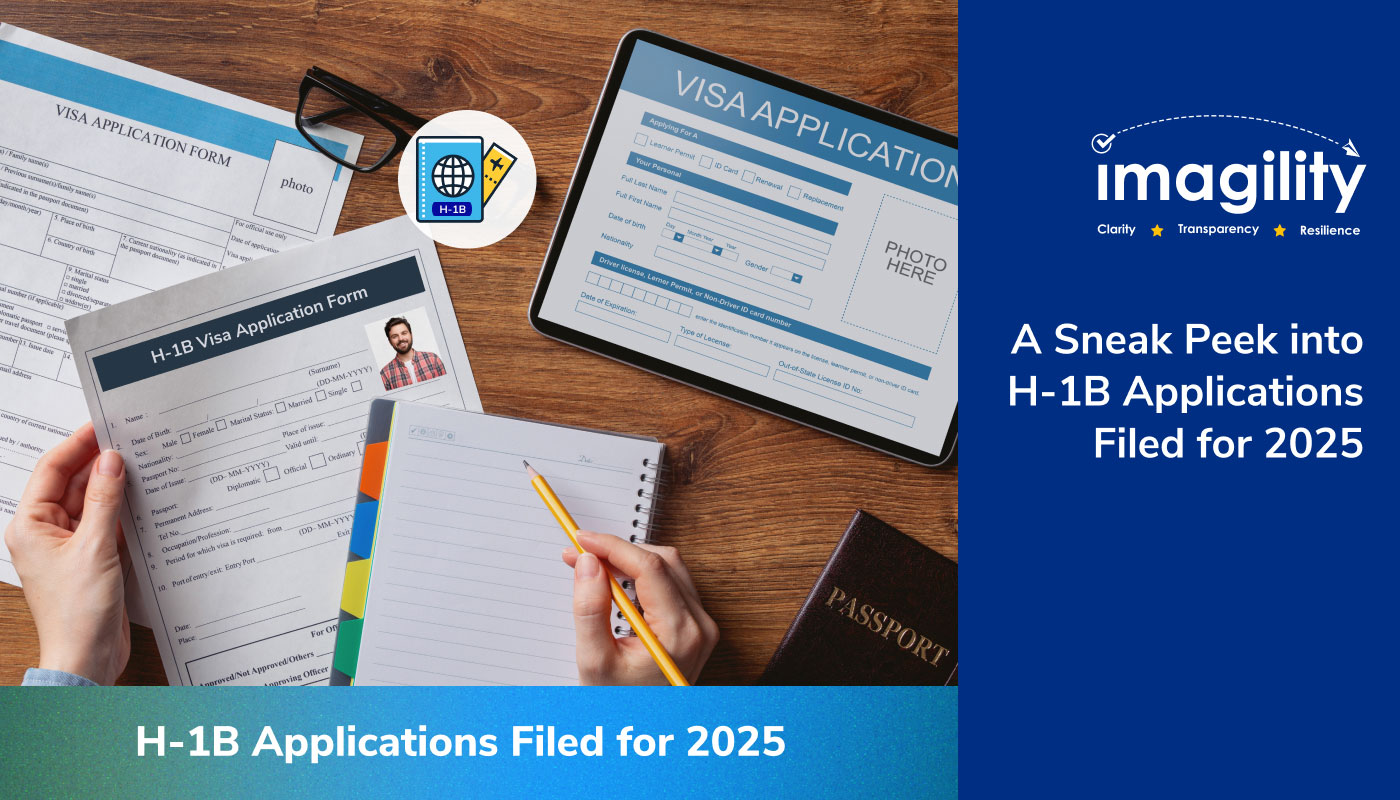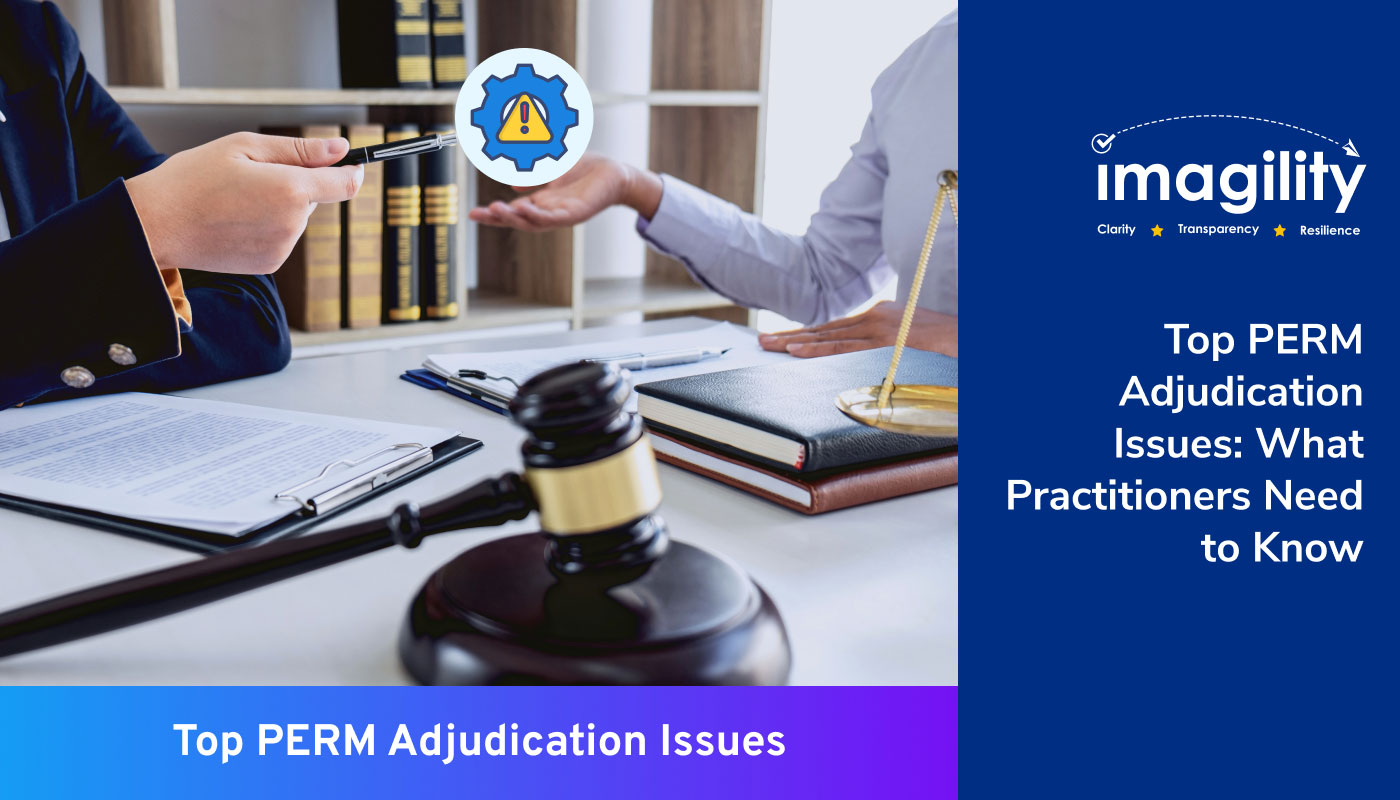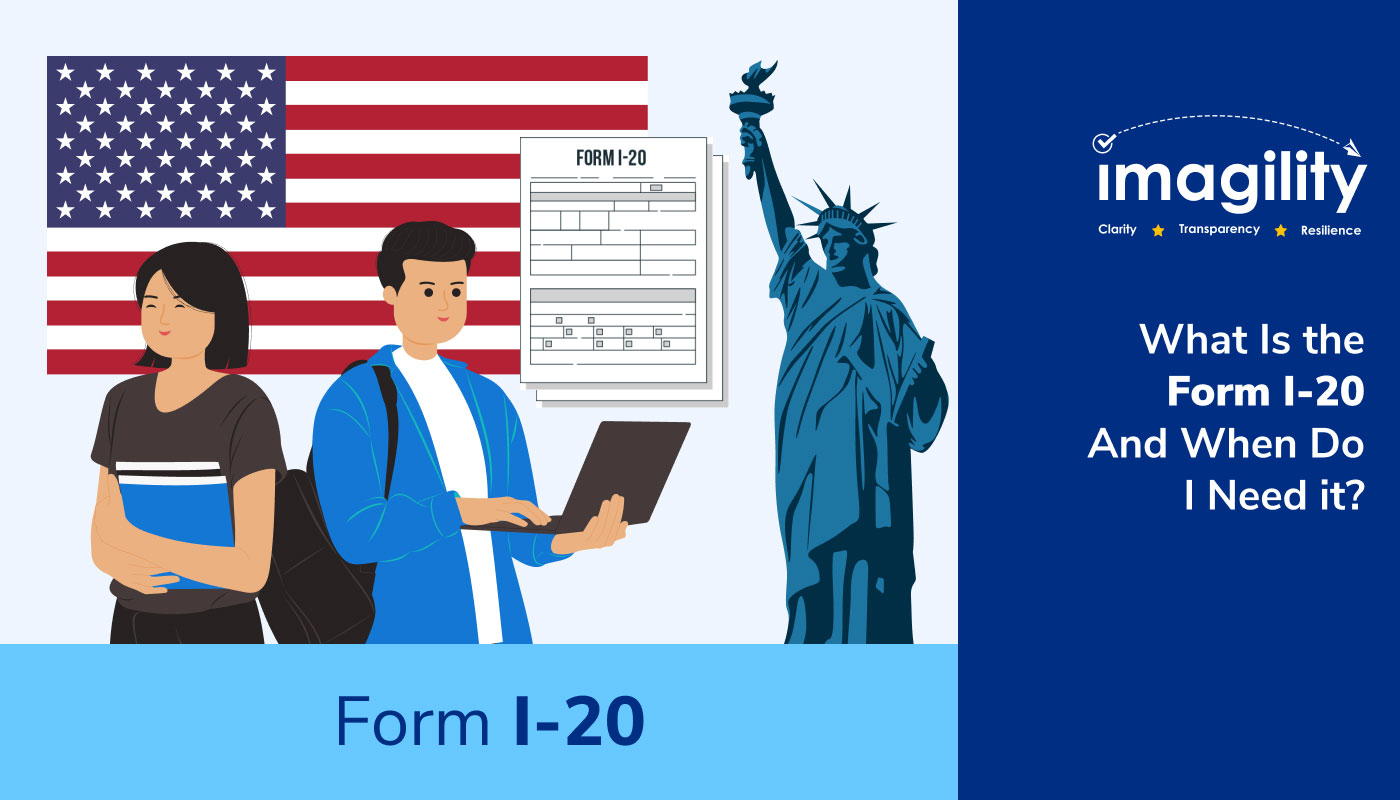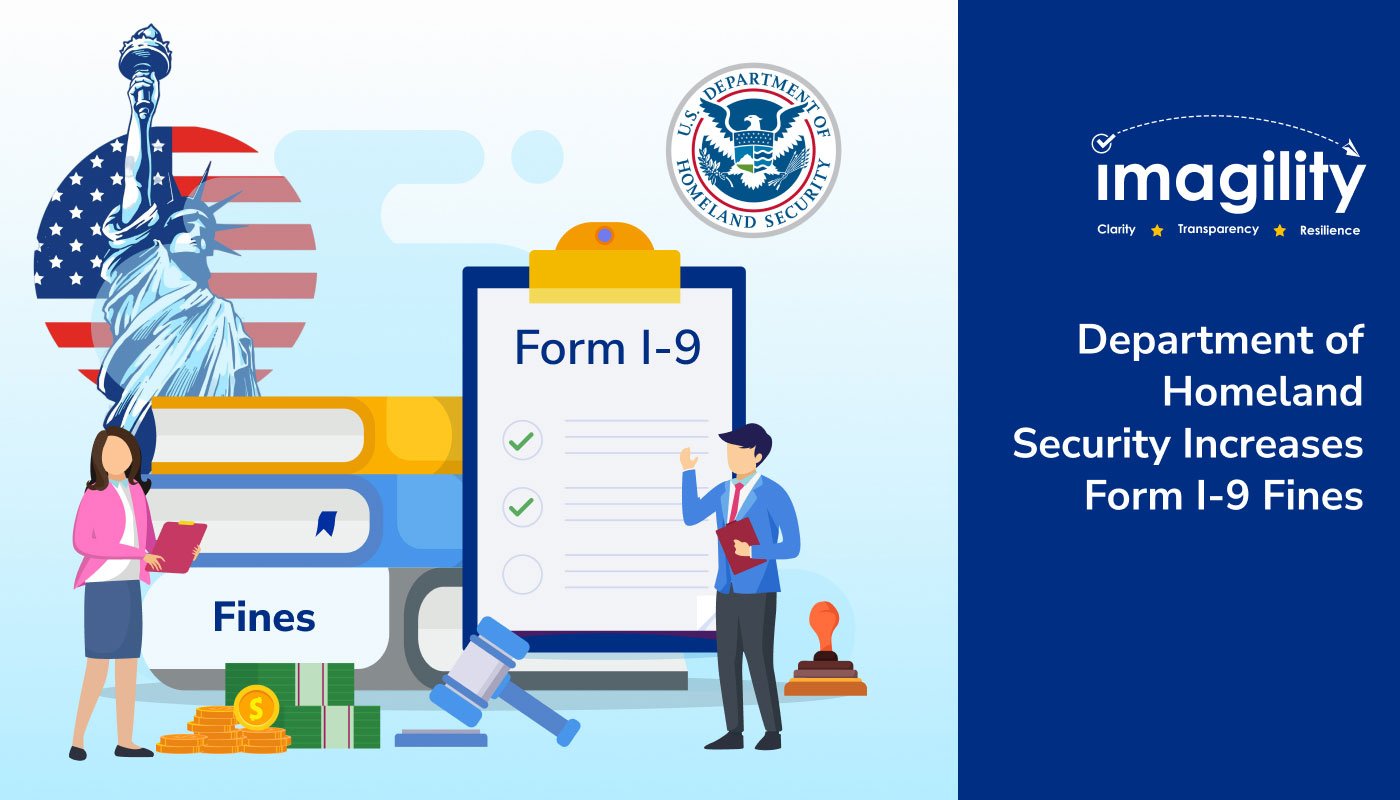Introduction
RFE stands for Request for Evidence and is a document that USCIS sends visa applicants to seek additional information to process the visa application. RFE is a well-known term in the visa world that triggers tension among individuals, if he/she receives RFE from USCIS.
For instance, if someone has applied for a visa, USCIS may send RFE to the individual to get additional information, whether it is related to birth certificate, marriage certificate, address proof, educational certificates, bank statements, or any other.
USCIS’s sole purpose behind RFE is to ensure the applicant is eligible and meets all the essential criteria for the visa he has applied for. There is a myth among many people that if someone receives an RFE from the USCIS, he will not get a visa approval. In 2021, USCIS witnessed a 87% success ratio for RFE applications.
So in this blog, we will talk about what an RFE looks like, how to avoid RFE, how to respond to RFE, the response time to submit RFE, and so on. Read on to know all answers in detail.
What is the RFE (Request for Evidence)?
RFE is a request for evidence (documents) that intends to seek more information related to your visa application. When USCIS personnel reviews your visa application, he may need some additional documents to proceed further with your visa approval. That’s why it’s advisable to provide all essential documents to USCIS at the time of the visa application itself.
It is important to note that an RFE issued does not suggest a visa denial. It’s only to ensure your eligibility for the applied visa. USCIS sends you form I-797E, also known as a notice of action, while issuing RFE. USCIS sends the form to the mailing address listed on your visa application. If you change your mailing address, it’s crucial to update the address so that you do not miss any critical updates from USCIS.
What does an RFE look like?
USCIS officers have some clear guidelines for reviewing visa applications. When they review the application and see some information is missing or need additional information to proceed with your visa application, they use the RFE template and customize it accordingly to seek those documents from you. Typically, an RFE contains four major parts: the law, a list of the evidence you submitted, a list of the evidence you are missing, and a response deadline.
- The Law
In this section, USCIS generally quotes a law from Immigration and Nationality Act (INA) related to your visa application. It shows that you need to provide some documents to be eligible for the visa as per law.
- Evidence Submitted
This section outlines the list of documents you submitted along with your visa application. You need to cross-check the documents you sent with your visa application. If you find USCIS has not received the documents you attached with the visa application, you should resubmit them.
- Evidence Lacking
This section plays a significant role since USCIS requires from you additional documents to make a decision on your visa application. USCIS will list the missing documents in this section that it requires to proceed with your visa applications.
This section is usually a longer one as it tells you the shared eligibility documents have not satisfied the eligibility, and you need to provide alternate documents to support your application. You need to be very careful while going through the evidence-lacking section.
- Response Deadline
USCIS will also tell you the RFE response time and the mailing address at the end of the RFE. You have to submit back the required documents before the deadline ends. Keep in mind that USCIS will not accept your documents if they reach after the deadline is over.
USCIS will also let you know the consequences of not submitting the RFE response on time at the end of the RFE. The major consequence would be that USCIS will not consider the later documents you sent and proceed ahead with your application without them, which may likely be a visa denial.
How to Avoid an RFE?
RFEs often delay visa applications and are time and energy-consuming, so it’s better to avoid it. How can you do that? Let’s look at some variables below that you need to take care of, while submitting the applications.
- Required Initial Evidence
Whenever you apply for a visa, the USCIS gives you certain instructions that may contain required documents to attach along with the application and other related things. So, make sure you go through the instructions well and provide all the initial documents to USCIS while applying for a visa. Failing to do that, you might receive RFE.
- Document Translations
If you attach any proof of evidence that is other than English, you must include the translated version of that particular document. The matter of fact is the document you attach must be in English. If you attach any such document that is other than English, you must take the help of a translation agency and get the translated version. This way, your document will be considered valid..
- Evidence of Your Visa Sponsor’s Income
This is applicable to those applying for family-based immigrant visas. You must prove that your sponsor has an income of at least 125% of the federal poverty level. If you do not prove so, USCIS may send you an RFE asking for the document that shows the same. However, in some cases, USCIS may ask you to find a new sponsor.
- Proof of Legal Entry
If the spouse is looking for a green card and is already in the US, then you must demonstrate with proof that she has entered the country legally. You can do so by showing the page from your passport that contains the Customs and Border Patrol (CBP) stamp. You can also show the I-94 travel card as proof of legal entry. I-94 is a card that has each detail of arrival and departure.
How to Respond if you Receive an RFE?
When you receive a request for evidence from USCIS, make sure you go through it thoroughly. You usually get the RFE only once, so consider it a vital chance to give USCIS the supporting documents for your application. Follow the below steps to respond to USCIS RFE efficiently.
- Check your original application package
The first thing you should do is go through your original application package. Sometimes it may happen that you have included the documents, but the reviewing officer might have missed them. If so, take out the requested information from your original package application and include it in your RFE response packet.
- Collect the requested evidence
Next, you need to gather the missing information requested by USCIS. USCIS will clearly mention in the RFE the document it wants. It might be anything like a birth certificate, educational certificates or any missing evidence which they want from you to process the application further.
Sometimes it happens that you have included a document that is not in english. In that case, you need to get the translated version. It is important to note USCIS will never send back your documents so make sure you attach copies instead of your original documents.
- Mail RFE response packet to USCIS
After you gather the documents it’s time to mail the RFE response packet to the mailing address given at the RFE notice. Never mail the packet to any other USCIS mailing address which you have. Also make sure you send an RFE response packet before the deadline ends.
Summing Up!
Imagility, a top-notch immigration software platform provides a step-by-step workflow for constructing a visa application, showcasing the pivotal points of success, and highlighting the components that need additional attention.
With the platform’s machine learning (ML) and algorithmic capabilities (AI), users have a chance to collaborate with Beneficiaries & Attorneys to put together a well-built, complete petition with all subject matter included. Moreover, its Petition Analysis function outlines missing details and recommends improvements that can ensure effective petitions, reducing the risk of RFEs and denials, consequently increasing the chance of success.
On the Imagility Platform, Attorneys can build RFE responses through a seamless workflow using existing petition details. Even if petitions have been created outside the Platform, it can be exclusively used to build RFE responses, quickly, and in a structured manner.
Using the RFE Response Builder, Attorneys can notify petitioners and beneficiaries to provide additional details, in which case it will show up under Petition/Beneficiary Actions of the RFE timeline. At the end of these actions, a well drafted RFE Response will be ready to be sent to the USCIS, in a very short span of time
Reach out to us for a demo today sales@imagility.co
Call us at +1 603 782 4622/+1 617 865 6588.
For more info, visit us at www.imagility.co

